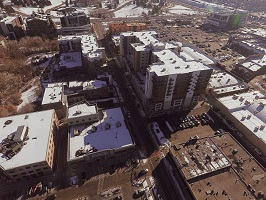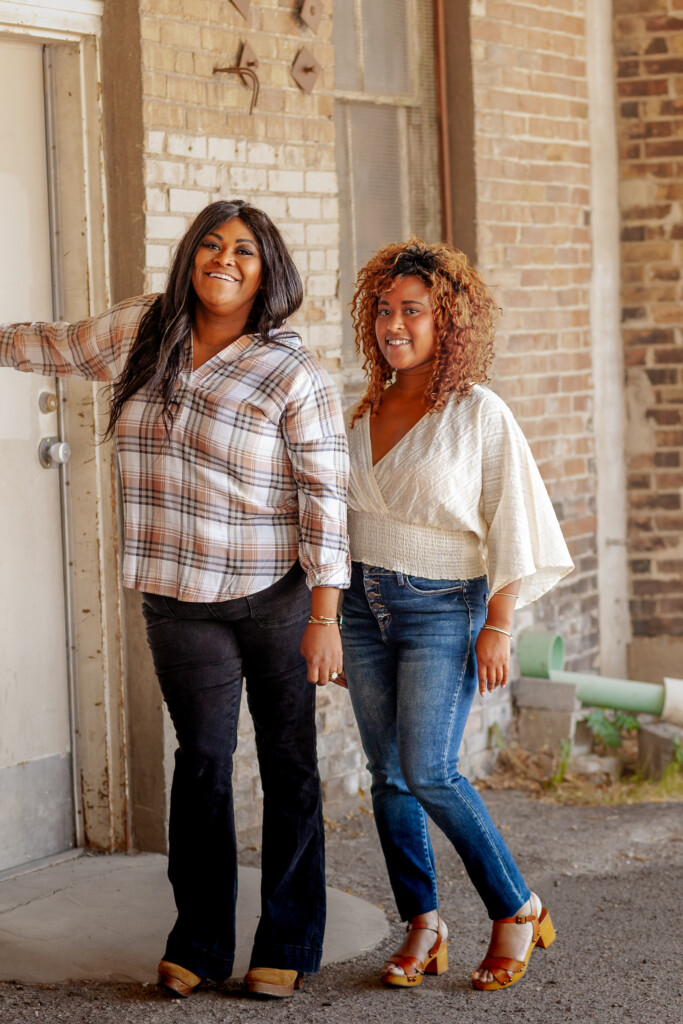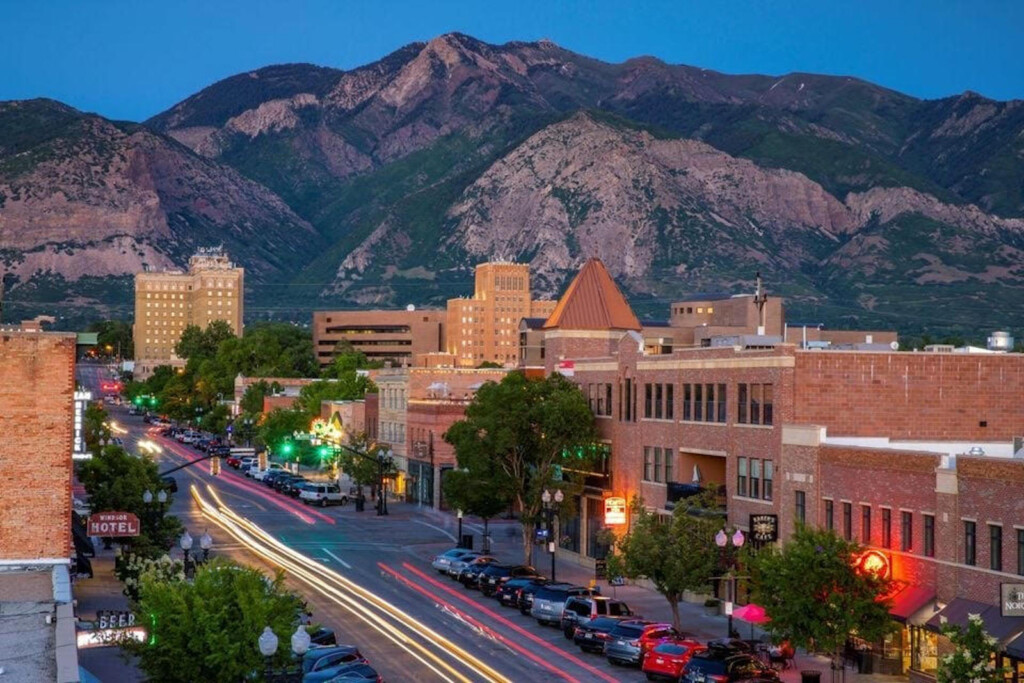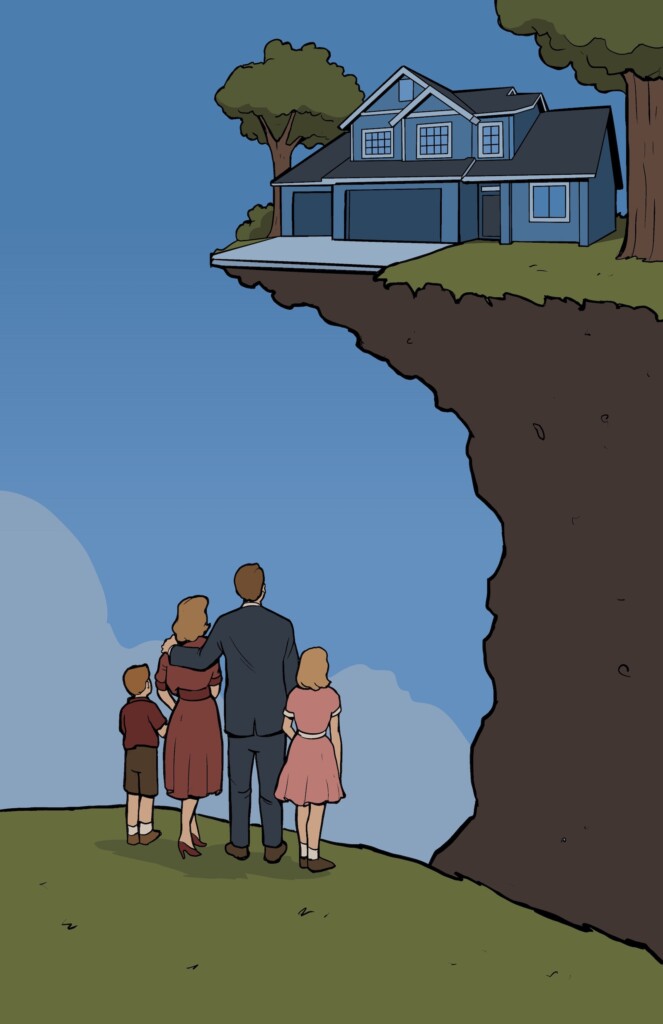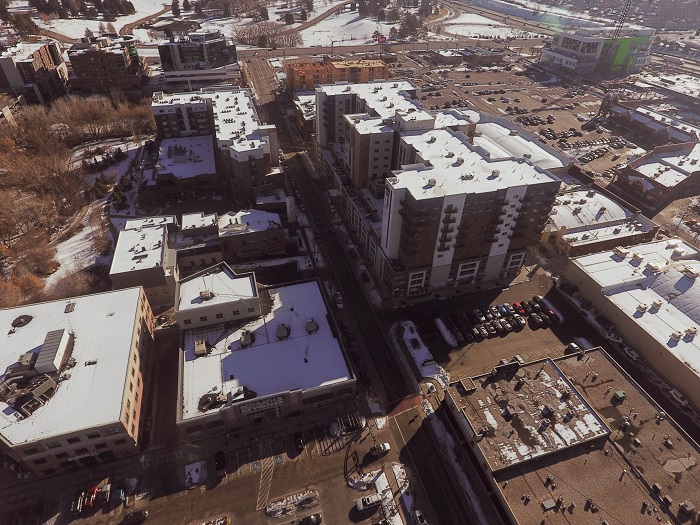
With so much development in such a small space, how safe is Sugar House, Salt Lake City?
Like a giant crooked finger, the easternmost end of Elm Avenue (2165 S) in Sugar House Salt Lake City tries to point toward Highland Drive, but it veers off into a service road for deliveries to the Vue Apartments instead.
Critics contend that this narrow, restricted roadway won’t provide adequate access to the 341 unit Sugarmont Apartments that are rising on the corner of Elm and McClelland Street (1040 E). East of McClelland, Elm Avenue has become known as the “the street with no name,” although it will purportedly be called Sugarmont Avenue upon completion of the project.
The ongoing rejuvenation of Sugar House is an urbanite’s dream come true, replete with all the amenities, shops, businesses, and entertainment venues most people could want within easy reach. As a vibrant, walkable neighborhood with its own S-Line Trax train, the new Sugar House district is perfect for anyone who embraces a green lifestyle because it makes owning a car virtually unnecessary. Residents of the many new high-rise apartment communities that have sprouted up in recent years literally have access to a city within a city, providing urban living with a European feel.
Fire Safety
But with its original narrow streets and tight corners, and with so many high-density high-rises in such a small area, a question arises: is the central Sugar House business district too tall to protect in the event of a fire or other evacuation emergency?
A construction foreman (who declined to go on record) told me, “Look around. This area is so overbuilt it’s ridiculous.”
“But all plans have to be approved by the city, don’t they?” I asked.
“What approval?” He responded. “They just rubber stamp everything.”
At 105 feet in height, the north end of the Sugarmont Apartments is eight stories high, with three levels of parking and five stories of residential units. Looking at this narrow, curving street, it’s easy to wonder about the ability of a hook and ladder truck to navigate the tight turns necessary to gain access, unless it came straight up Elm from the west.
Boulder Ventures Development, Inc. is the project developer. Boulder specializes in Transit Oriented Developments such as the Sugar House gentrification project and similar projects around the country.
In a written statement, Boulder steadfastly asserts that the safety concern “was obviously fabricated by someone, because: (1) the fire plan mentioned above was approved by the City only after it was conclusively demonstrated, by use of sophisticated Autoturn CAD software, that the aerial fire trucks used by the Salt Lake City Fire Department can easily enter and exit via both McClelland Street and Highland Drive; and, (2) the width of the private drive complies with the International Fire Code requirements…”
Boulder further maintains that “Sugarmont has, at considerable expense, voluntarily incorporated all augmentation of the roadway required by the City…” and goes on to specifically outline those accommodations.
I contacted Captain Adam Archuleta, public information officer for the Salt Lake City Fire Department. In a written response, the department issued this partial statement:
“The Fire Department had concerns during the process of the building being designed and ultimately built. We were consulted during the development and during the construction. During any construction project, things are changed or information may not be completely clear, which creates concerns. All of the Fire Department concerns have been based in the code and ensuring that the intent and letter of the code are met. Any issues that we have had have been dealt with or are currently being resolved.”
In other words, initial concerns about safety were not without merit, but are in the process of mitigation. How will this affect residents?
I spoke with Judi Short, Sugar House land use and Zoning Committee Chair for Lake City Community Council. In her opinion, early rumblings about inadequate fire access were overstated.
“Every project that is built in SLC is reviewed for fire and safety standards as part of the review and approval process before a building permit is issued,” Judi told me. “It is the expectation of every citizen in the city that the city will provide fire protection, and that the buildings they live or work in are safe.”

